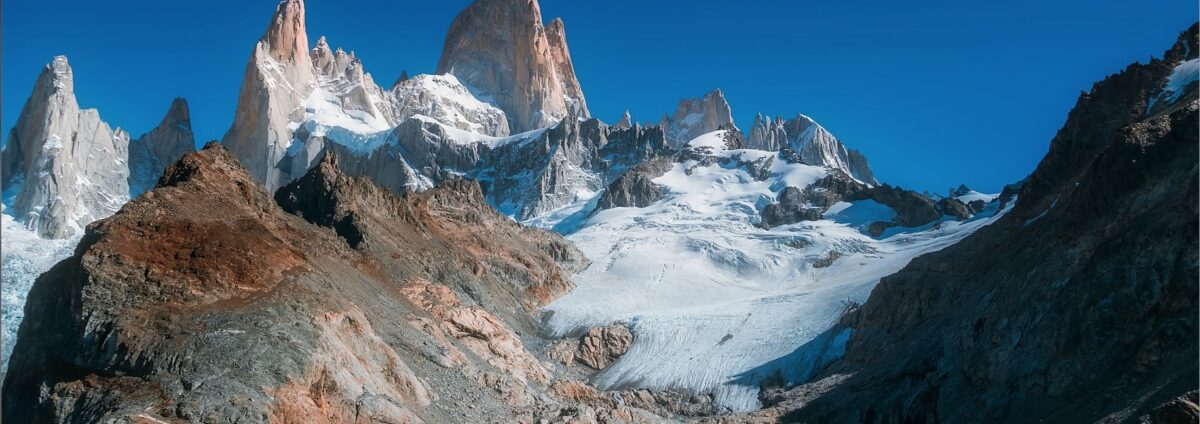While the average global temperature continues to rise due to increasing emissions of greenhouse gases, the future of the world's glaciers is bleak. The rate of glacier table loss has increased over the past two decades, a trend that will continue even if emissions are limited. Despite their small size compared to the Greenland and Antarctic ice sheets, these ice deposits are important. They influence the sea level just like the ice caps, and their disappearance would mean that millions of people would be left without water. Their withdrawal would also increase the frequency of tragic events such as floods and landslides. Although most countries have agreed to limit the increase in global temperature to 1.5°C above pre-industrial levels, these targets are not being met. On page 78 of this issue, Rounce et al. presents a model of the evolution of all 215,547 glaciers under different climate scenarios. Their findings underline the need to act now to prevent substantial glacier loss.
Source: Science

